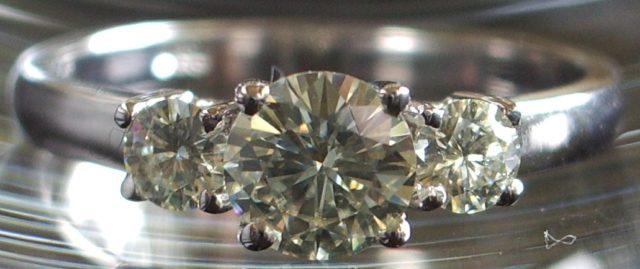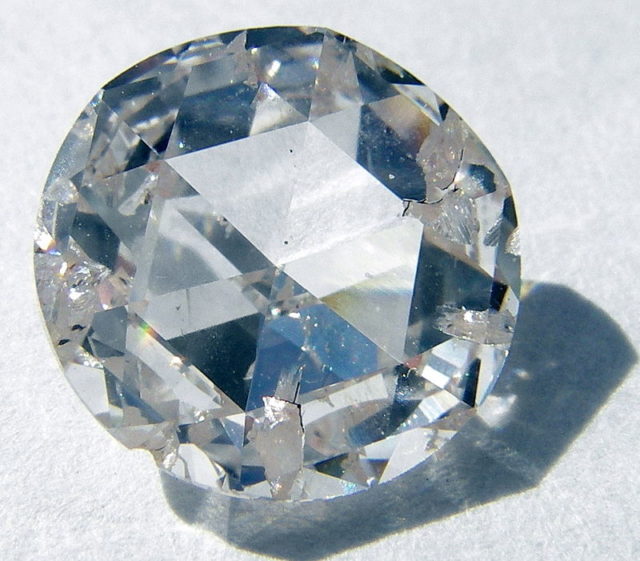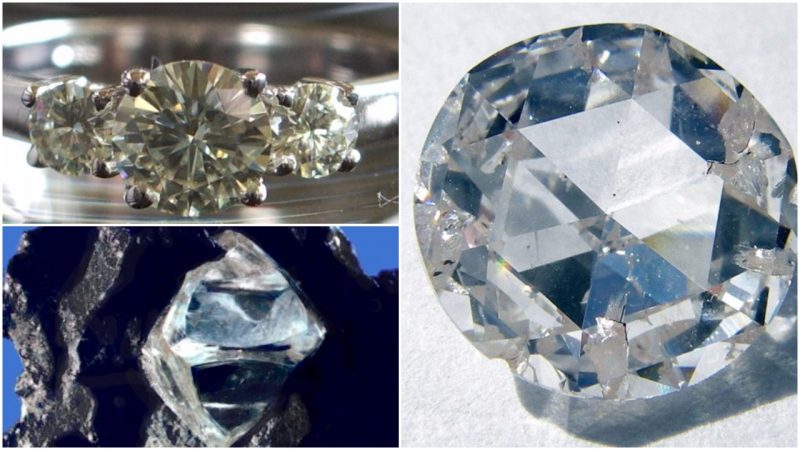One woman’s worthless possession could be another’s treasure. Often, we value our possessions based on how emotionally attached we are to them and not because of their defined monetary value. That could change, however, if we were to discover said monetary value.
Flea markets and garage sales are places where you can find almost everything. It was just such a Sunday sale where in the 1980s a woman bought a ring she fancied for $13. The ring, purchased at a “car boot sale” at West Middlesex Hospital in Isleworth, West London, stayed on her hand for almost 30 years, shopping, working, running errands, until she discovered, to her astonishment, it was actually a 26-carat diamond ring created in the 19th century.
In early July, the ring, dubbed “the Tenner,” went on sale at Sotheby’s. Jessica Wyndham, the head of Sotheby’s jewelry department in London, told the BBC that the woman (who wishes to remain anonymous) used to wear the ring every day, oblivious to its worth. She thought it a nice looking ring, but considered it costume jewelry–the gem didn’t sparkle as she thought a diamond should and it was originally set in a “filthy” mount–and no one, until recently, bothered to found out something more about it.

A jeweler who caught a glimpse of the ring told the woman that it was likely something more than a casual costume ring and that she should get it checked. She then took it to Sotheby’s, where Wyndham and her team were immediately amazed by the diamond and its size. Today, the privilege of owning such a big diamond belongs to only a few people around the globe. After the initial tests, the ring was sent to the Gemological Institute of America for further checking.
The analysis of the ring showed that the diamond was cut with a style typically used in the 19th century. The resulting cushion shape of the diamond reflects less light than a modern diamond. Because of this, most of the stones from this time are not as brilliantly polished as the modern ones. The deeper and duller cutting often makes people believe that these gems are not genuine. Although their appearance is less attractive and sparkly, these old diamonds have unique character and beauty.

“With an old style of cutting, an antique cushion shape, the light doesn’t reflect back as much as it would from a modern stone cutting,” Wyndham told Business Insider. “Cutters worked more with the natural shape of the crystal, to conserve as much weight rather than make it as brilliant as possible.”
Besides the fact that it was made in the 19th century, nothing else is known about the history of this diamond ring. Rare items like this one have the power to tap our imagination. Without knowing its true story, we can only fantasize about who made it and who wore it for the first time. This diamond doesn’t reflect light, but it shines with mystery and possibilities. Perfect for a movie script.

All of this came as quite a surprise for the owner and her family. These kinds of discoveries are always life-changing. The amount of money they got for the ring is staggering–twice the amount that jewelry experts predicted earlier this week.
Another item sold at the same auction was a Cartier diamond brooch that was worn by Margaret Thatcher at various public occasions, including the day that Thatcher offered to the Queen her resignation as Prime Minister.
With its unique geometric chevron design, the brooch sold for more than $100,000. The proceeds will be donated to the Endeavour fund, which is, according to Sotheby’s, “a charity that supports the recovery of wounded, injured and sick servicemen and women.”
